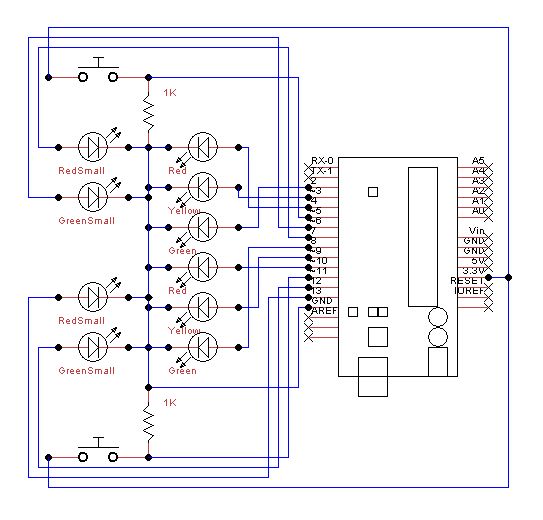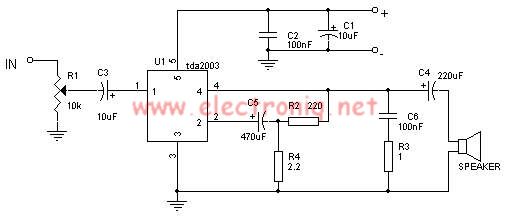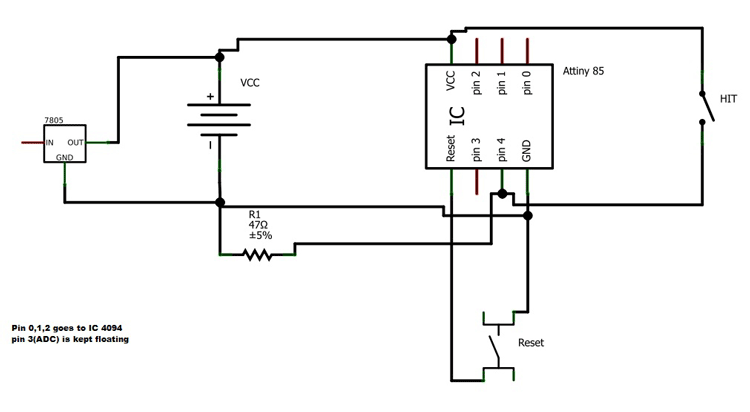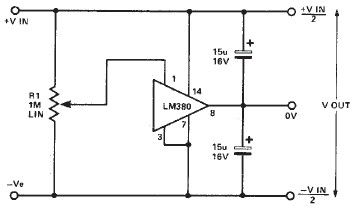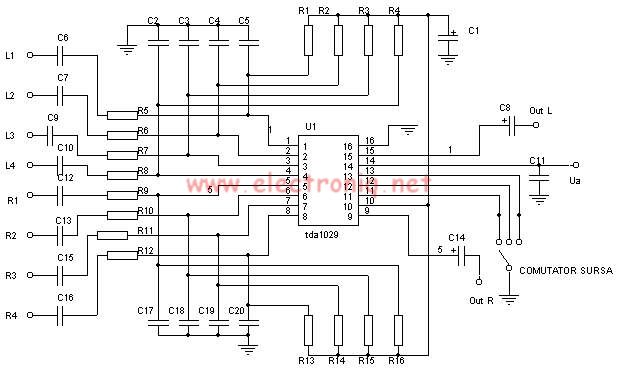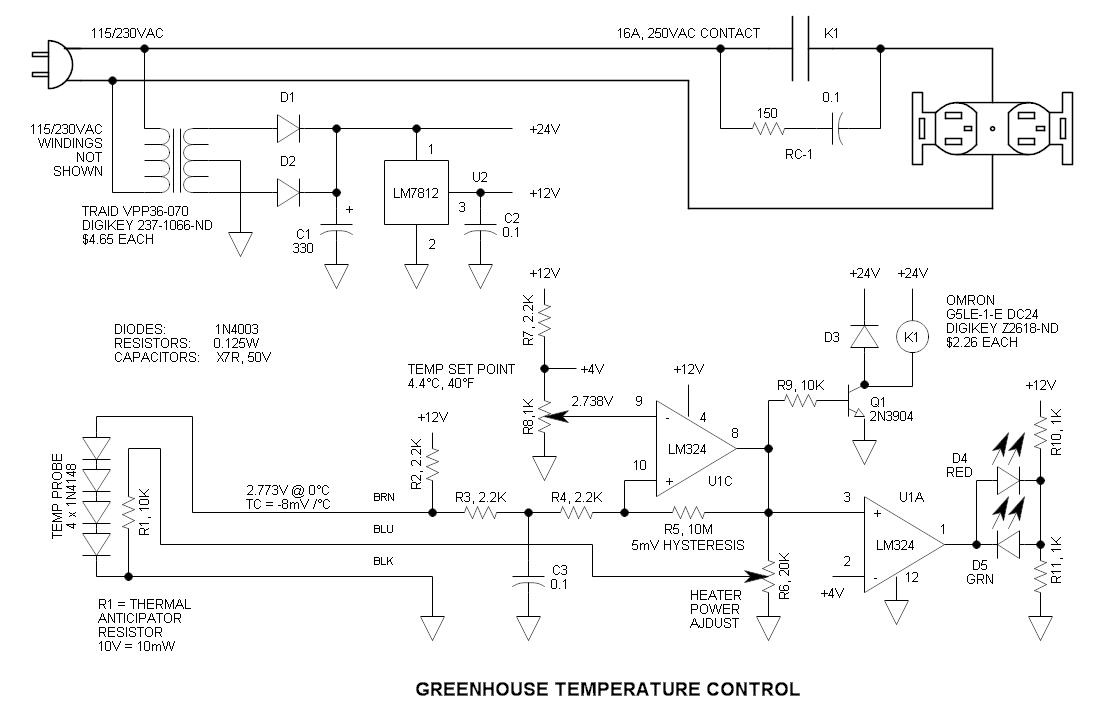
caller id project
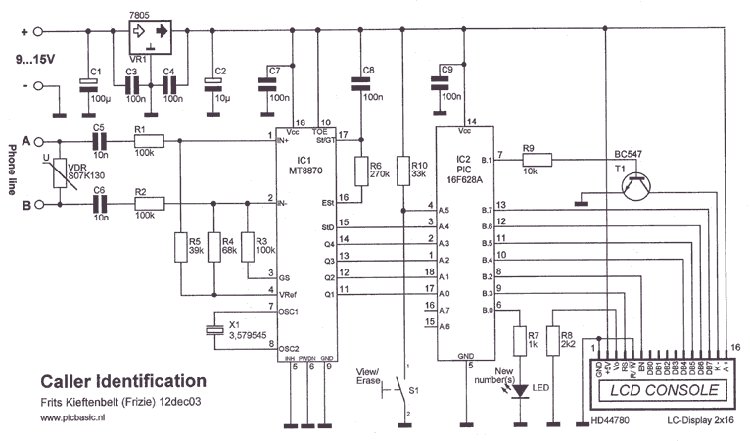
Implementing caller ID functionality using the PIC 16F628A microcontroller. The programming and integrated circuit (IC) are functioning correctly; however, there are issues with the MT8870 decoder. Assistance is requested, particularly from those located in Malaysia, for troubleshooting ideas.
The project involves utilizing the PIC 16F628A microcontroller to decode caller ID signals, which are transmitted during the ringing phase of a telephone call. The MT8870 is a dual-tone multi-frequency (DTMF) decoder that converts the received audio tones into binary-coded decimal (BCD) output, which can then be processed by the microcontroller.
To ensure proper operation of the MT8870, several factors must be considered. First, verify the power supply connections to the MT8870, ensuring that the VDD and GND pins are correctly connected to the appropriate voltage levels, typically +5V. It is essential to check the crystal oscillator connected to the MT8870, as the correct frequency (usually 3.579 MHz) is crucial for accurate tone detection.
Next, inspect the audio input to the MT8870. The input should be connected to the telephone line in a manner that captures the caller ID signal effectively. A suitable coupling circuit may be required to interface the telephone line with the decoder, often involving capacitors and resistors to filter and condition the signal.
Additionally, the connection between the MT8870 and the PIC 16F628A must be verified. The BCD output pins from the MT8870 should be connected to the appropriate input pins on the microcontroller. Ensure that the pull-up resistors are used where necessary to maintain stable logic levels.
Lastly, debugging can be facilitated by using an oscilloscope to observe the output from the MT8870 and confirm that it is producing the expected BCD signals when a caller ID signal is present. This will help identify whether the issue lies with the decoder or the subsequent processing by the microcontroller.Doing the caller id with the pic 16f628A. My programming and ic are working very well but my mt8870 decoder is not working. i need some help here. i stay in Malaysia please help if anyone got any idea 🔗 External reference
The project involves utilizing the PIC 16F628A microcontroller to decode caller ID signals, which are transmitted during the ringing phase of a telephone call. The MT8870 is a dual-tone multi-frequency (DTMF) decoder that converts the received audio tones into binary-coded decimal (BCD) output, which can then be processed by the microcontroller.
To ensure proper operation of the MT8870, several factors must be considered. First, verify the power supply connections to the MT8870, ensuring that the VDD and GND pins are correctly connected to the appropriate voltage levels, typically +5V. It is essential to check the crystal oscillator connected to the MT8870, as the correct frequency (usually 3.579 MHz) is crucial for accurate tone detection.
Next, inspect the audio input to the MT8870. The input should be connected to the telephone line in a manner that captures the caller ID signal effectively. A suitable coupling circuit may be required to interface the telephone line with the decoder, often involving capacitors and resistors to filter and condition the signal.
Additionally, the connection between the MT8870 and the PIC 16F628A must be verified. The BCD output pins from the MT8870 should be connected to the appropriate input pins on the microcontroller. Ensure that the pull-up resistors are used where necessary to maintain stable logic levels.
Lastly, debugging can be facilitated by using an oscilloscope to observe the output from the MT8870 and confirm that it is producing the expected BCD signals when a caller ID signal is present. This will help identify whether the issue lies with the decoder or the subsequent processing by the microcontroller.Doing the caller id with the pic 16f628A. My programming and ic are working very well but my mt8870 decoder is not working. i need some help here. i stay in Malaysia please help if anyone got any idea 🔗 External reference
